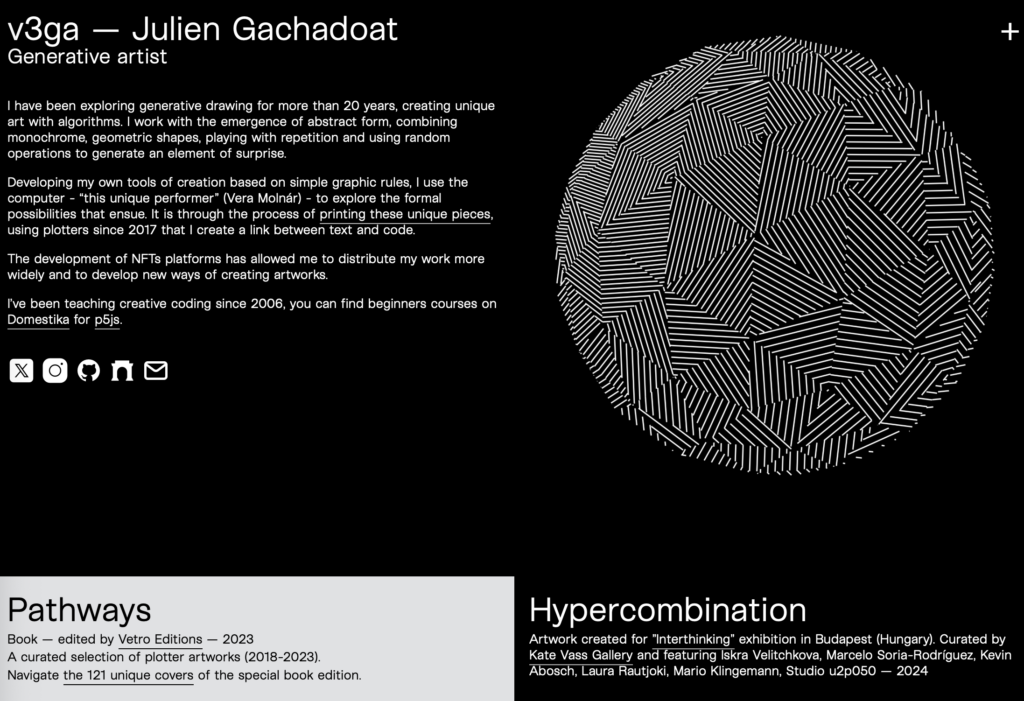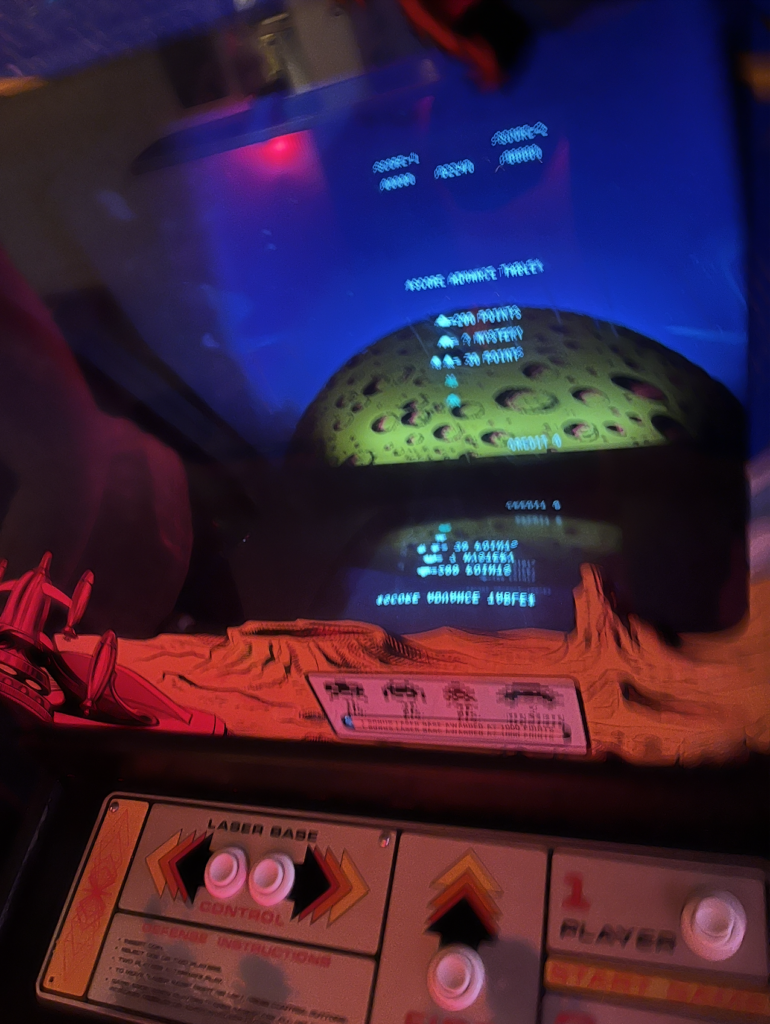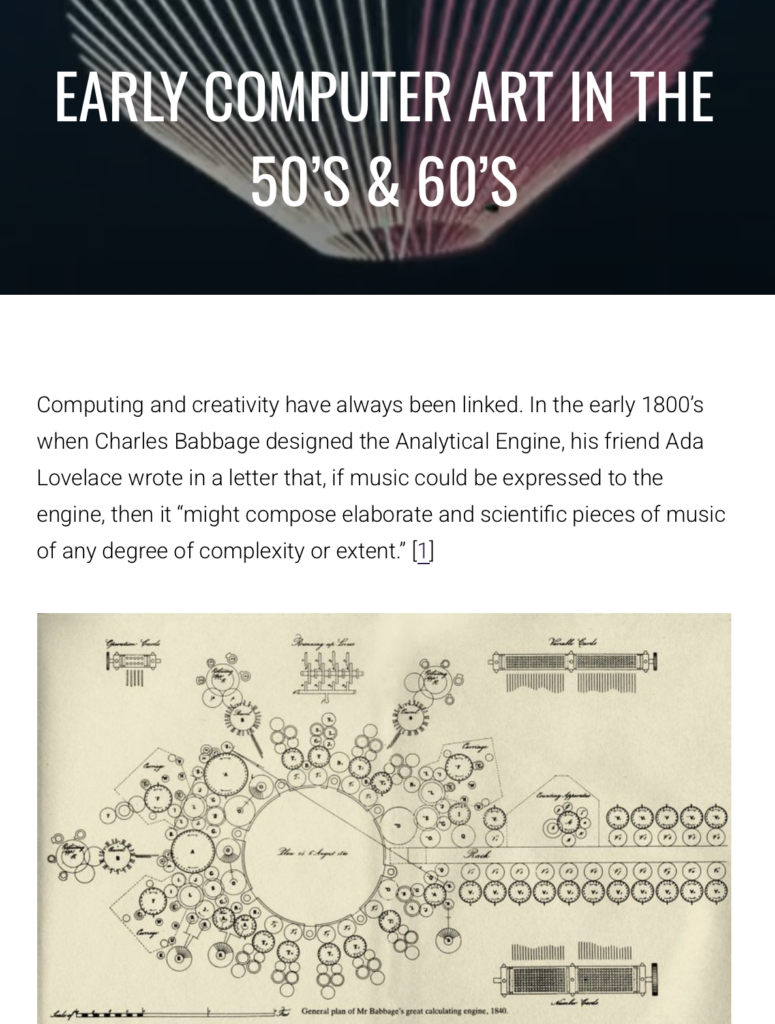Elektronische / digitale Spiele werden im Folgenden als Games bezeichnet. Dabei ist wichtig: Games sind also solche eigene Welten (sind also theoretisch mehr als nur ein geschützter Raum).
Es geht immer um Regeln:
SafeSpace
Schutzraum, geschützter Raum oder Safe Space im Sinne der Soziologie bezeichnet eine inklusive Umgebung, in der Menschen frei von Diskriminierung sein sollen.
https://de.wikipedia.org/wiki/Schutzraum_(Soziologie)
Games: Moderne Märchen (Jürgen Fritz) – implizite SafeSpaces
Einst beschrieb Jürgen Fritz (im Buch „Spielverstehen“) Games als die moderne Form von Märchen. Sein Artikel bezog sich damit nicht nur auf die Form (Wiederholung, immer dasselbe guten Enden etc), sondern vorallem auf die darin enthaltene Motivationsmechanik (Durchstehen von schwierigen Momenten).
Radiker SafeSpace: eigene Welten (SafeWorld)
Games gehen dabei über klassisch analoge SafeSpace hinaus (wie die meisten Märchen), sie generieren eigene Welten (Narration) mit anderen Regeln (Märchenregeln) und ermöglichen damit auch Distanzierung. Sie sind eigentlich andere Systeme, in denen man symbolisch ‚leben‘ kann.
Psychologischer Tool-SafeSpace: immer gleich, eine Bestätigungsmaschine
Spiele sind – folgt man dem Buchartikel – eigentliche Bestätigungsmaschinen. Es ist klar*, was man bekommt als Spieler*. Es gibt darin ein Versprechen, dass alles gut wird am Ende und wiederholbar ist. Dass wenn man sich anstrengt (Bürgertum und Fleiss), dann kommt alles gut – selbst wenn man alleine gegen die Aliens kämpft in Space Invaders oder gegen die Geister in PacMan. Die Cracker Scene hat das dann noch mit „Trainern“ (Cheatmodes) direkt in ihre vertriebenen Produkte eingebaut. Der Ingame-Tod – der ebenfalls künstlich erschaffen wurde – entfällt dann. Heute ist das Nicht-Mögliche Scheitern gar eine Einstellung geworden.
Sozialer SafeSpace
Games wurden natürlich seit ihrer Entwicklung als Entdifferenzierend wahrgenommen. Der Mensch wird zum Schläger in PONG oder Breakout. Danach konnten neue „Körper“ Avatare ausgelesen werden. Der Spielende* war also fast alles von PacMan, über Raumschiffe, Igel etc. Der Avatar überschritt dabei jede mögliche Art von Form. Der analoge Körper schien aufzugehen in diesen Welten, wurde wählbar. Dadurch schien das Computerspiel auch als ein SafeSpace, wo jeder es schaffen konnte. Selbstverständlich musst man davor, das Geld für die Hardware und das Spiel haben. Dieser Aspekt wird meist weitgehend ausgeblendet, heute gibt es sogar die Möglichkeit sich für Geld Dinge Ingame zu kaufen. Anders gesagt, die soziale Utopie ist brüchig geworden bei gewissen Spielen (FreeToPlay etc).
Failen-SafeSpace
In Spielen kann man sich beweisen oder „Failen“, wie es J. Juul mit seinem Buchtitel „The art of fail“ beschrieben hat. Man müsste aus heutiger Sicht noch hinzufügen: Das privatisierte Failen. Denn was in den 80er Jahren passiert ist, ist ja vornehmlich die Erfindung des sehr privaten Spiels. Es ist keine Öffentlichkeitsveranstaltung sondern es ist privat – an der Console, im Wohnzimmer oder dann am Computer. Hier schaut nicht unbedingt – wie in der Arcade möglich – jemand zu. Ab und zu einmal gemeinsam Spielen ja, maximal zu Zweit.
Umgebung-, HomeSafeSpace
Damit erweitert sich die elektronische Spielkultur den teuren EinzelCoin-SafeSpace der Arcades in die Haushalte, macht das Spiel unendlich wiederholbar (man bezahlt nur einmal), kolonialisiert zumindest den gemeinsamen Fernseher. Damit wird das Spiel an und für sich zum SafeSpace der damals „Freaks“ oder „Nerds“. Also entsteht ein SafeSpace im geschützten Heim und im Spiel mit Freunden oder Familie. Der ClanGame-SafeSpace. Niemand versteht etwas davon, also kann nicht wirklich kritisiert werden. Siehe dazu auch „Wir wollen ja nur Spielen“ […]
MotivationsSafeSpace – alleine unterwegs (SinglePlayer)
Die Games der 80er Jahre (und das lässt sich bis heute eigentlich bei den meisten Spielen so lesen) sind eigentliche SafeSpace (Örtliche wie Inhatlich) siehe oben. Auch wenn die Spieler in gefährliche und unlösbare Situationen stecken (Tetris 1989) – sie bestätigen doch die Menschen, dass sie mit Leistung etwas ermöglichen, dass sie besser werden, während das Spiel gleich bleibt. Handeln führt zu etwas. Siehe dazu auch die Diskussion: Endlich Spiele, die sind wie Drogen! [Kurzessay]
Weiterlesen →




